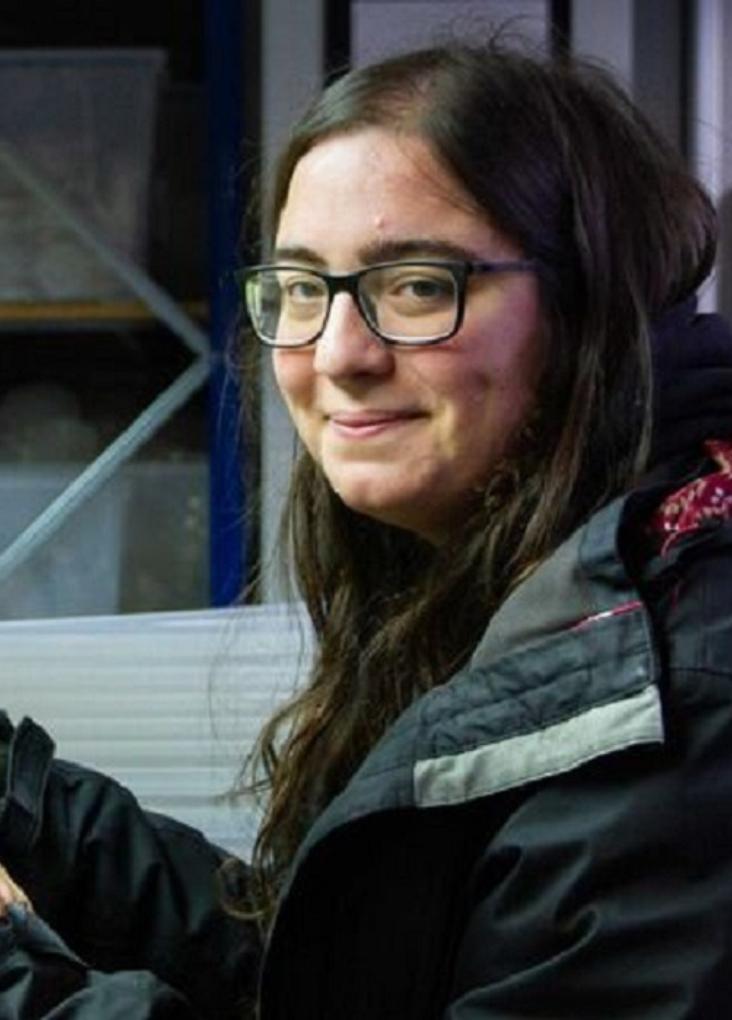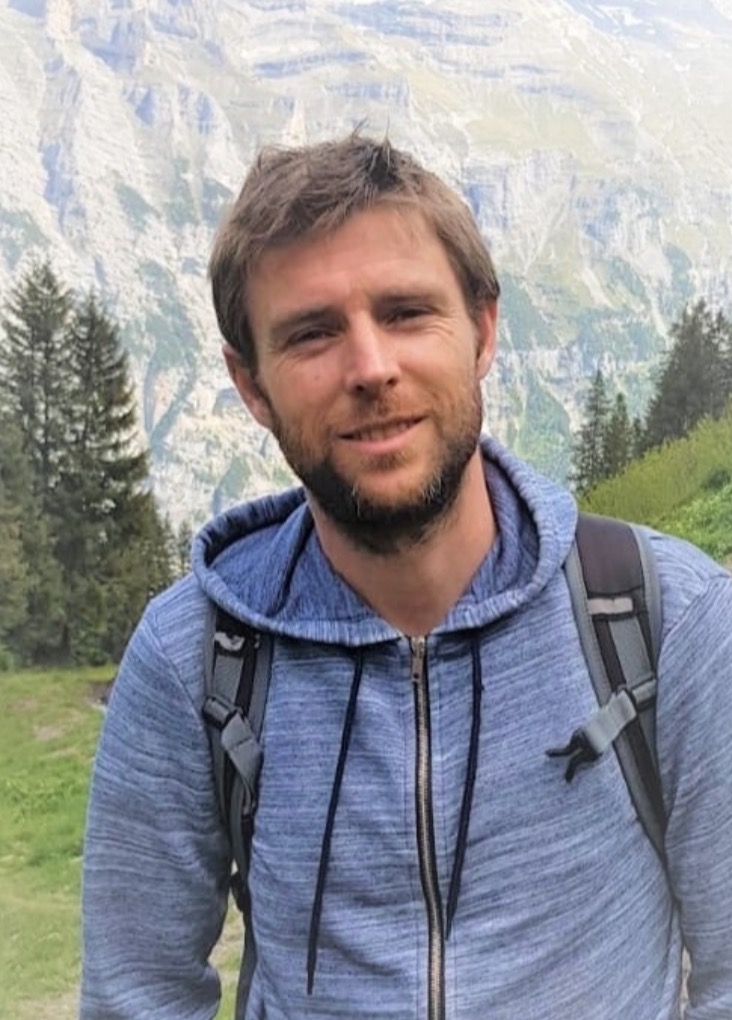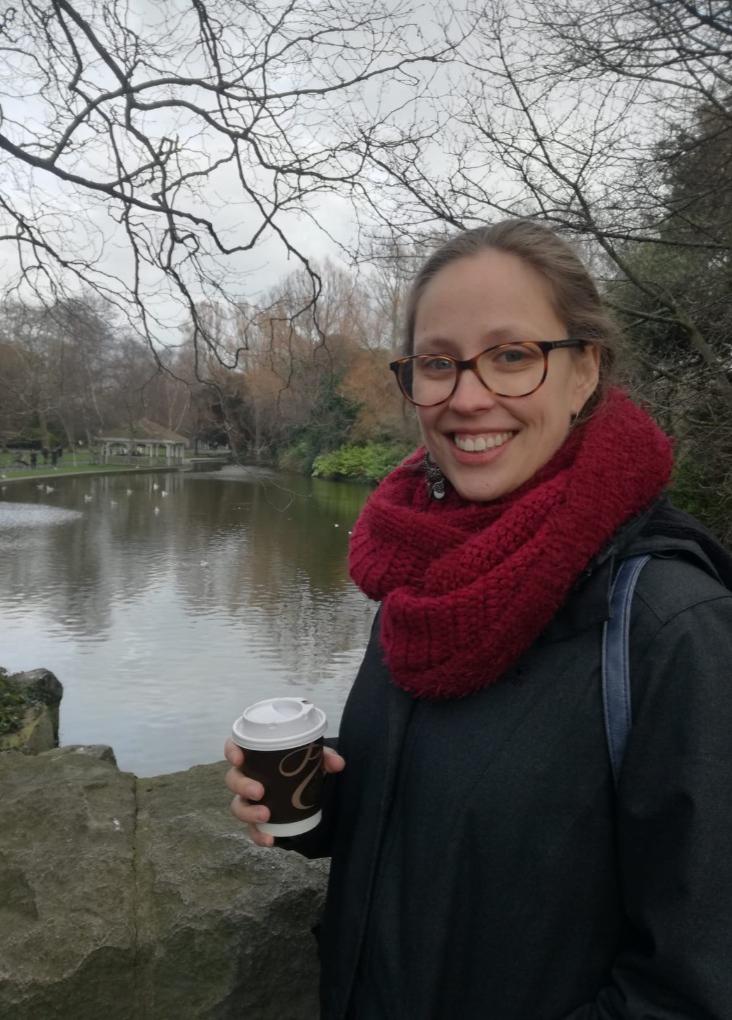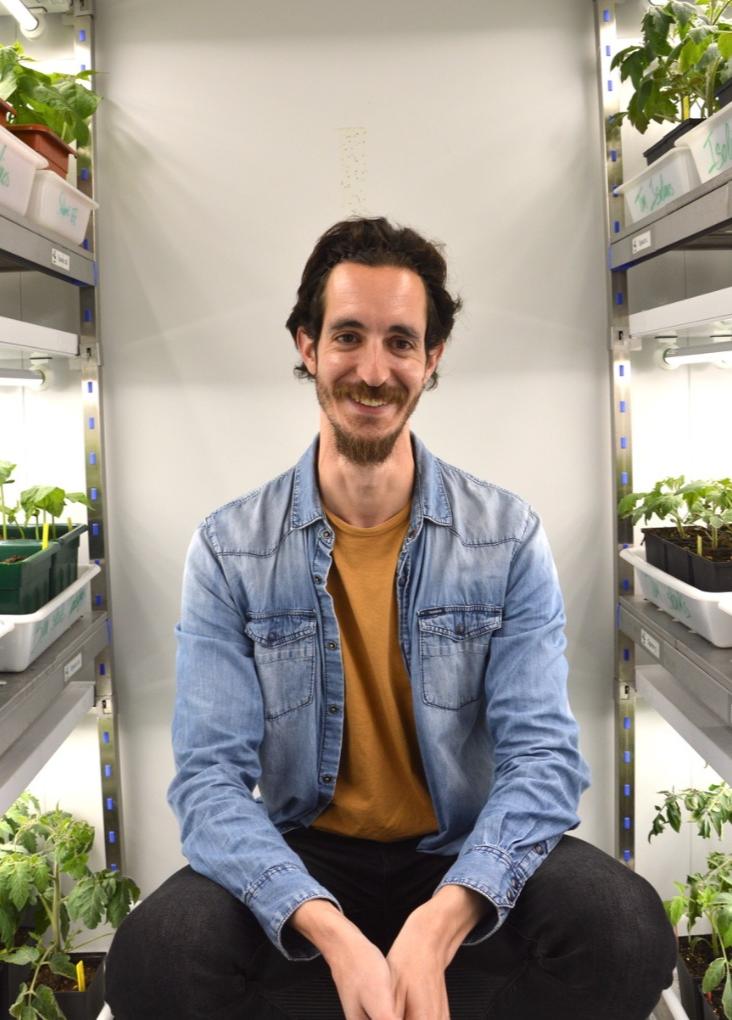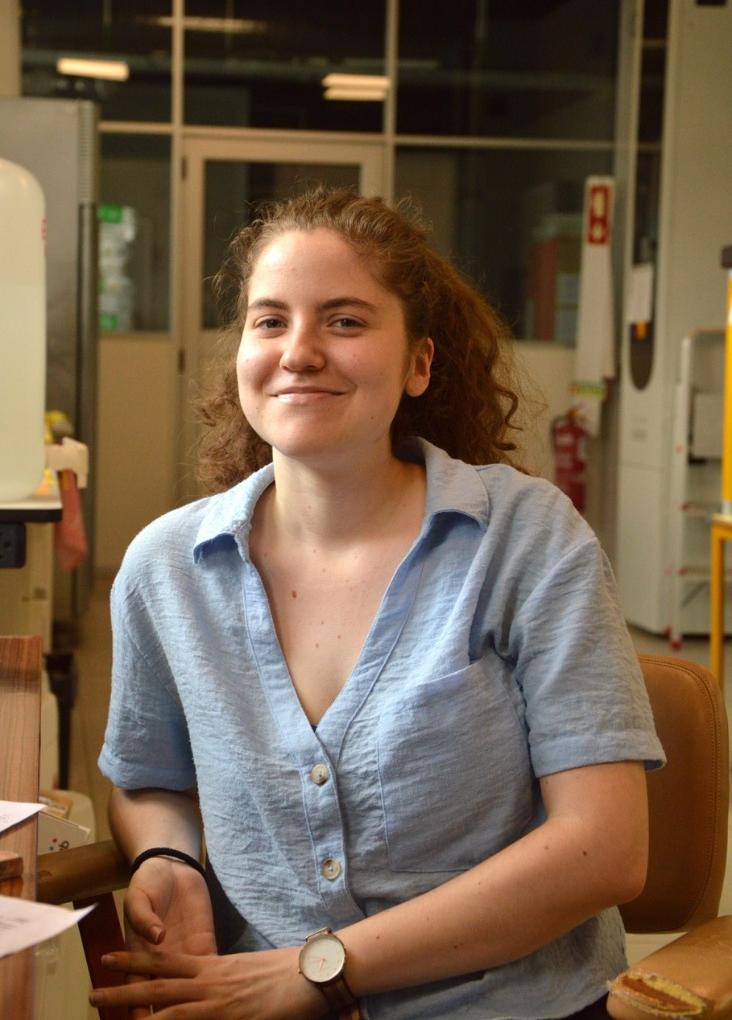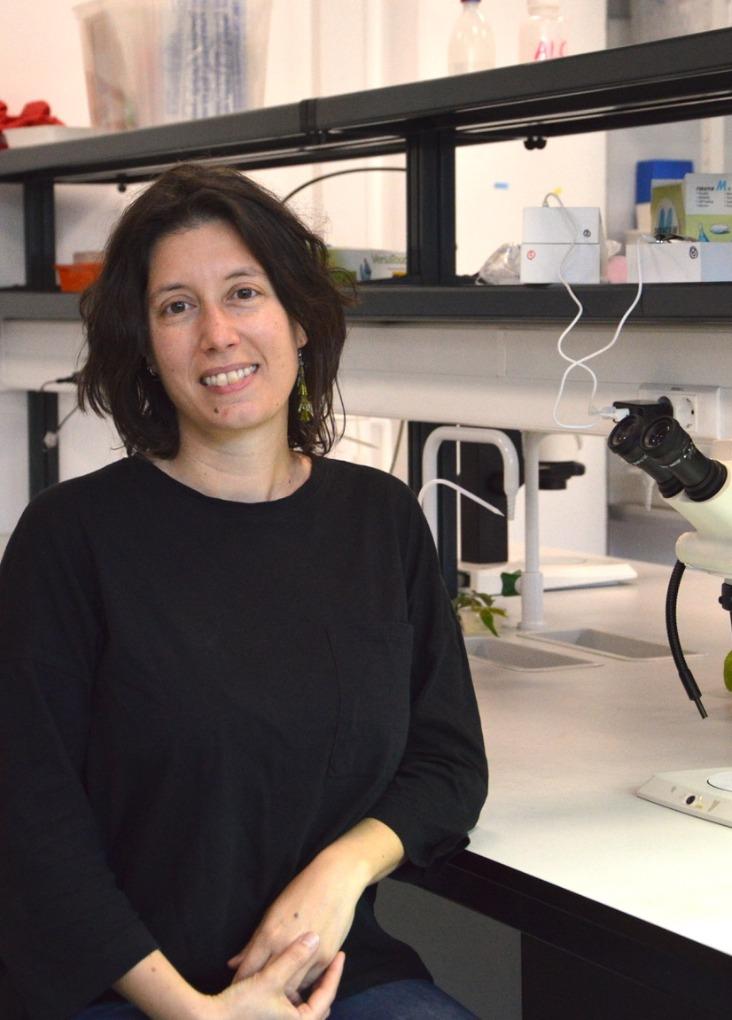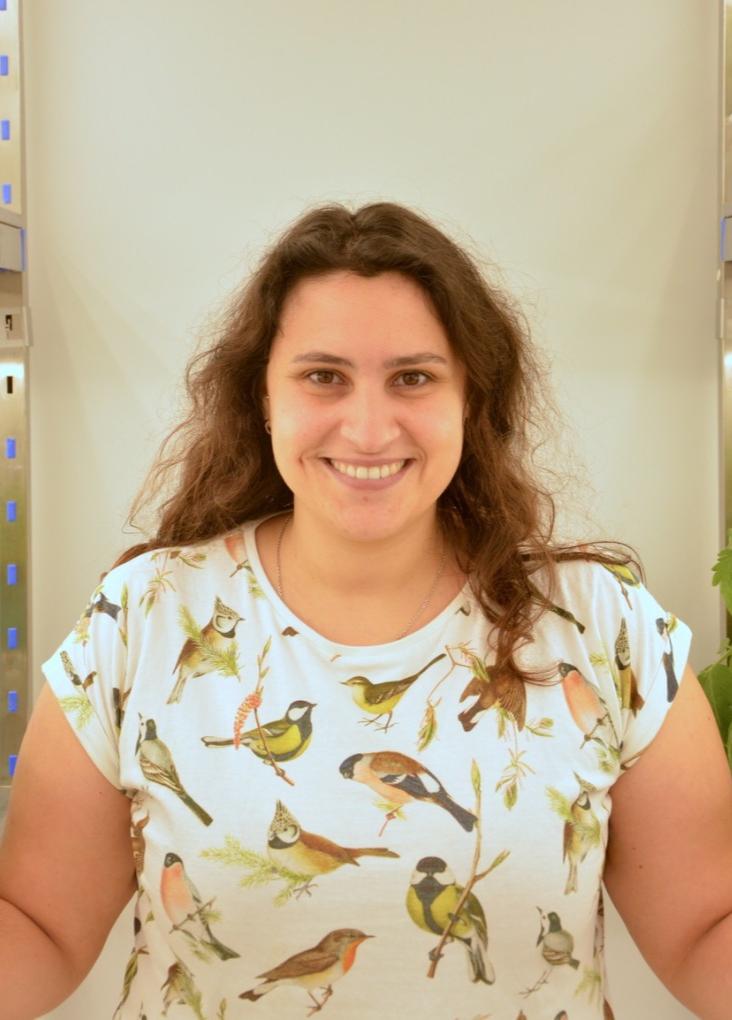The Adaptation to Complex Environments group works at the interface between ecology and evolution, being part of the Thematic Line 2 of CE3C. Our main goals are to understand:
- How different types of ecological interactions affect the evolutionary dynamics of organisms within a complex system?
- How this evolution, in turn, shapes the interactions between organisms and/or the stability of ecosystems?
To reach these goals, we use a tri-trophic system composed of Brassica rapa (plant), Tetranychus urticae (herbivore) and its predator, Amblyseus swirskii, which allows exploring the evolution of each species separately but also follows the evolution of different types of interactions.
We combine experimental evolution, theoretical modelling, genomic and life history analyses, and fitness landscape theory to obtain an integrative perspective of the feedback between ecology and evolution at different biological levels (from genes to ecosystems).
Given the multidisciplinary focus of our work, we collaborate with several in-house researchers (e.g. Vitor Sousa, Sara Magalhães, Leonor Rodrigues, Margarida Matos, Cristina Branquinho) by jointly mentoring students and developing projects. We also have several active international collaborations that bring expertise from different fields (e.g. Claudia Bank (CH), Oscar Godoy (ES), Raul Costa Pereira (BR), Marta Montserrat (ES), and Andy Gardner (GB)).
In the future, we will continue the recently started ERC starting grant to understand how adaptation to environments with different biotic and abiotic stresses affect the resilience of (simple) ecosystems and provide a more in-depth perspective of how the interplay between ecology and evolution can shape organisms and communities and their response to environmental changes.

![/uploads/subcanais2/banners-novo-site-ce3c-23[1].png /uploads/subcanais2/banners-novo-site-ce3c-23[1].png](/uploads/subcanais2/banners-novo-site-ce3c-23[1].png)
